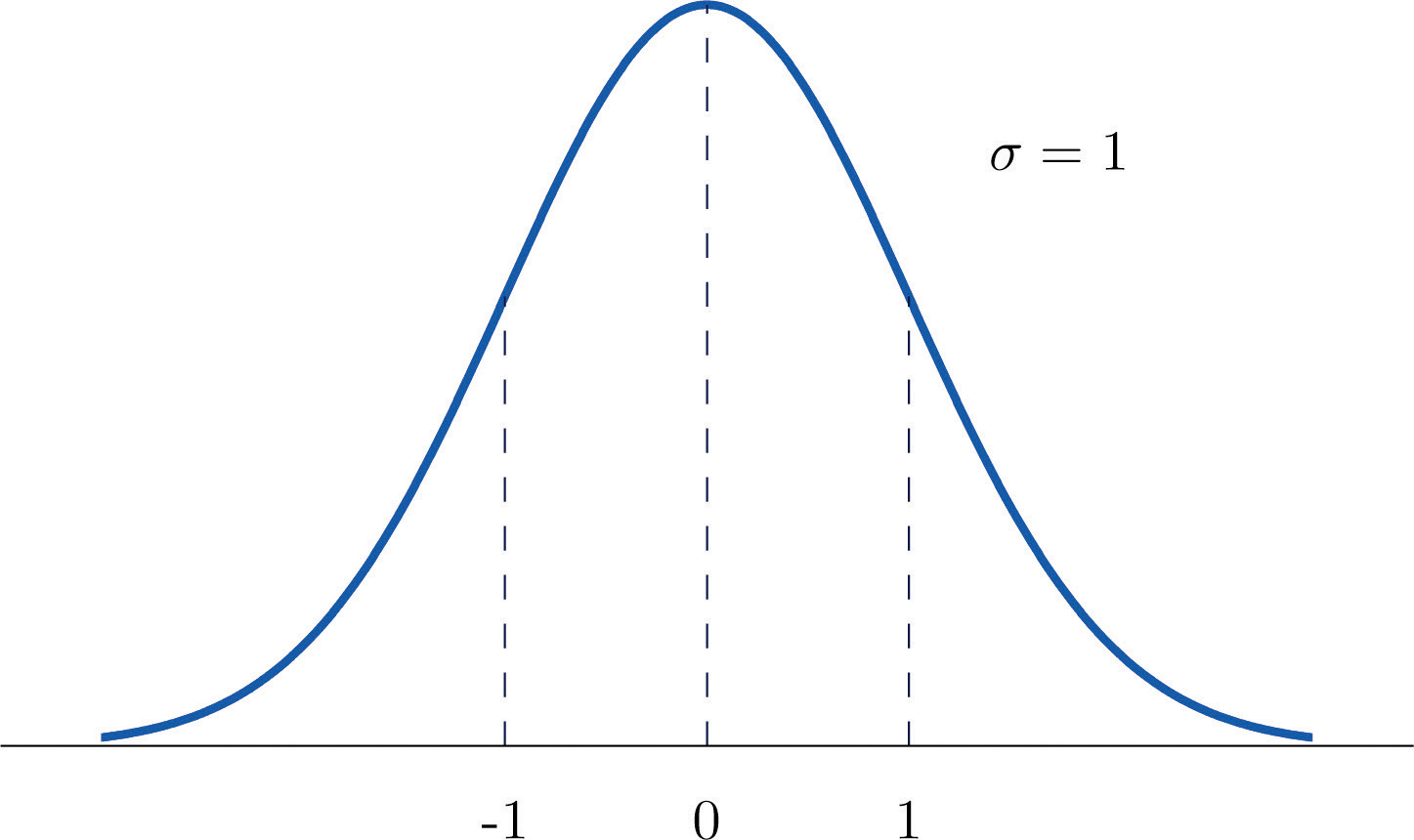Without going too far into the details of probability theory, #"P"(* )# is like a function that takes in events, or subsets of a sample space, and maps them to numbers between 0 and 1 (similar to how #f(*)# might be a function that takes in real numbers and maps them to other real numbers).
Quick example: let #E# be the event that a single coin toss lands heads-up. Then the probability of #E# occurring is one-half:
Sample space #S={"H","T"}#
Subset #E={"H"}#
#"P"(E)=("size of "E)/("size of "S)=1/2.#
Elements of a sample space can be encoded into random variables. To do this, we just map each element of the sample space to a number. In the coin toss example, we could map "heads" to #1#, and "tails" to #0#. We also need a variable that could take on these number values; a common choice is #X#. So we could rewrite #"P"(E)=1/2# using the random variable #X#, like this:
#"P"(X=1)=1/2.#
The probability of "event #E# occurring" is the same as the probability of "#X# being equal to 1".
Skipping a few chapters in statistics, there are many special types of random variables that have useful distributions, or patterns in how they map events to numbers. One such common random variable is called #Z#, and it follows the standard normal distribution. Ever hear of a bell curve? Well, #Z# is the most basic of all bell curves. The peak of #Z#'s curve is at 0, and the variance (or "spread") of the curve is 1:

#Z# is so useful because we can "translate" any other normal random variable into #Z# by shifting it left/right by its mean, and then squishing/stretching it by its standard deviation. In math terms, for any normal random variable #X# with mean #mu# and standard deviation #sigma#, we have
#"P"(X < x)="P"(Z<(x-mu)/sigma)#
That's why we have #z#-tables. We don't need a "normal table" for every normal distribution #X# because we can just map the points in the #X# distribution to equivalent points in the #Z# distribution.
Alright, enough background. You need to know how to find #"P"(Z<1.37)#. This is the area under the #Z# curve between #-oo# and #1.37#. A #z#-table lets you look up a #z#-value (like #z=1.37#) and shows you a matching probability, but there are two ways a table may choose to do this. It may show you:
- the probability of #Z# being less than #z# (lower-tail)
- the probability of #Z# being greater than #z# (upper-tail)
It is up to you to know how to interpret the matching probability for your #z#-value. If the probabilities get closer to 1 as #z# goes up, then your table shows #"P"(Z < z)# (known as the cumulative probability). If the probabilities get closer to 0 as #z# goes up, then your table is showing you #P(Z > z)#. Fortunately, we can work with both.
If we want #P(Z < z)#, and our table gives us #P(Z>z),# we just need to use the fact that the total area under any random variable's distribution curve is always 1. Meaning:
#"P"(Z < z)" "+" ""P"(Z > z)" "=" "1#
or
#"P"(Z < z)" "=" "1" "-" ""P"(Z > z)#
So for example, if you look up #z=1.37# in your table, and it gives you an upper-tail area of 0.0853, you know the area to the left of that #z#-value must be 0.9147, since #0.0853+0.9147=1.#


